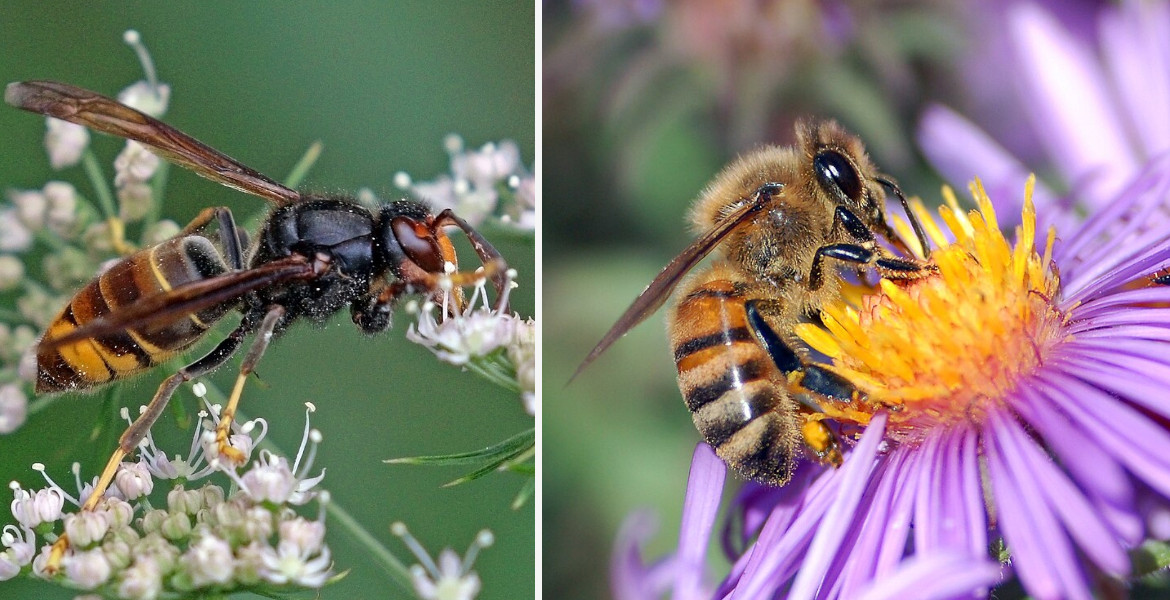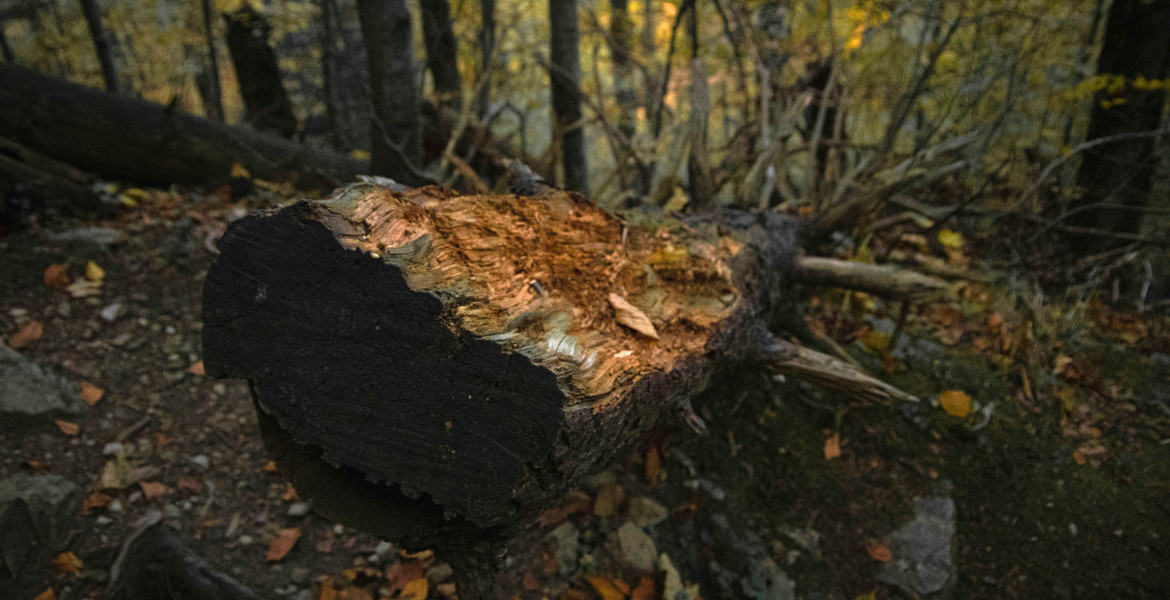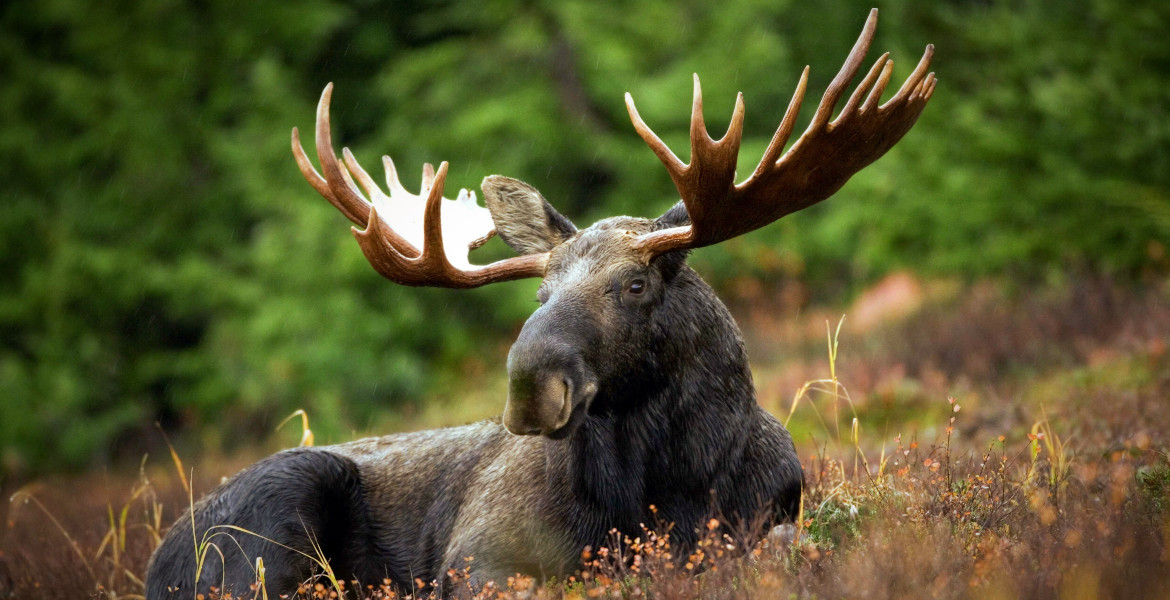Sowing clover alongside oat crops helps to control weeds, increases biodiversity and helps flowers to grow, which in turn attracts pollinators.
A new study from SLU looked at the different effects in a field where a mixture of three clover varieties was sown in oats. They examined several indicators of ecosystem services both above and below ground such as pollination, plant diseases, pests and weed control.
The study found that clover could help inhibit weeds and also that there were more flowers growing, which in turn attracts pollinators.
– We also saw that the number of nematodes, or roundworms that feed on roots, decreased in the areas where we planted clover. However, spider activity had decreased and the nitrogen content of the oats was slightly lower than in the control plots. Root diseases, plant damage from pests, biological pest control and harvest were not affected, says Maria Viketoft, researcher at SLU, according to Jordbruksaktuellt.
Furthermore, it was seen that it did not reduce the harvest of oats and did not take up too much space in the arable land. The researchers believe that an even better effect can be achieved by tailoring the plant mixtures to attract more pollinators and also to help with pest control.
– Our co-cultivation system has potential for improvement; it is probably possible to achieve even more positive ecosystem functions in the system, says SLU researcher Ola Lundin.
Facts about oats
Oats are one of the most common grains grown in the Nordic countries. Initially, and by mistake, oats came to the Nordic region as a weed but later proved to be well suited to the Nordic climate. Its origins lie in southern Europe.
Oats were mostly grown towards the end of the 19th century and were suitable for transportation by horse and cart, as oats could also be used to feed the horses.







